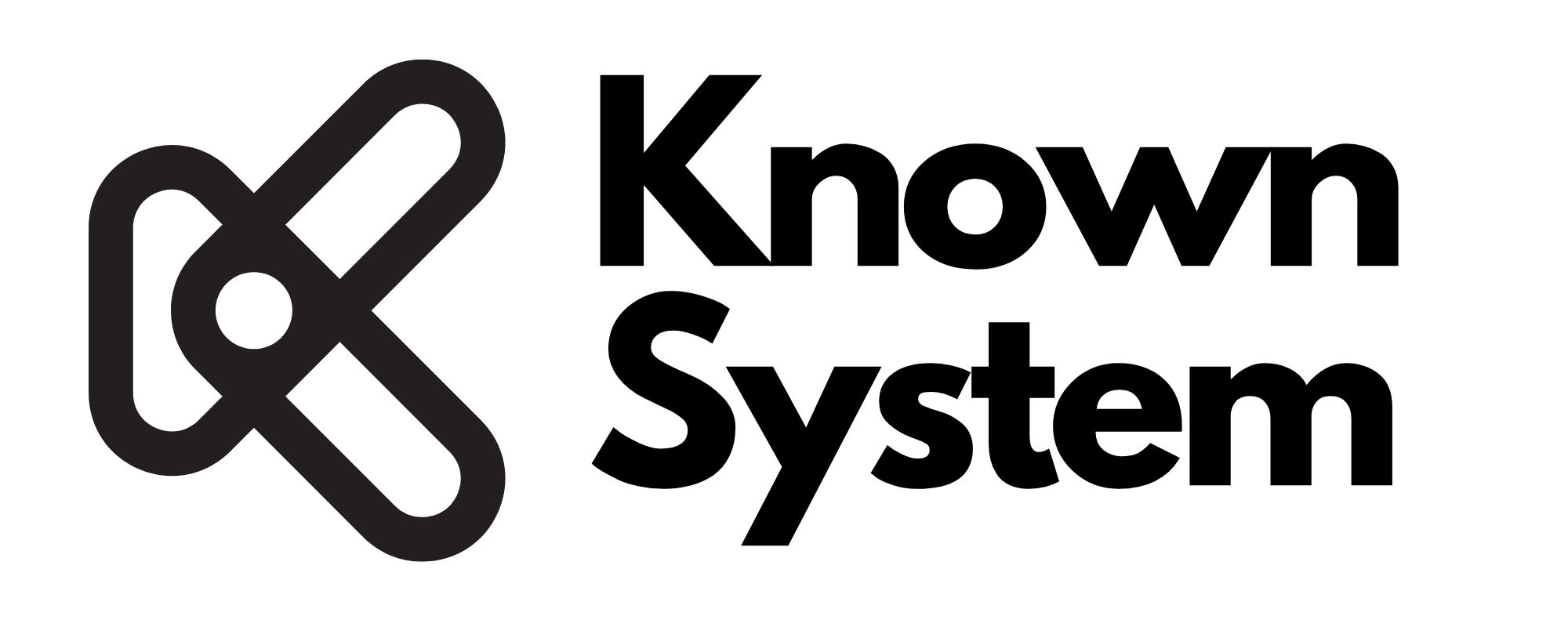The Impact of Technology on Daily Life: Perspectives from Users

Technology has permeated nearly every aspect of daily life, revolutionizing the way people work, communicate, learn, and entertain themselves. From smartphones to smart homes, the integration of technology into everyday activities has transformed personal and professional environments in ways that were unimaginable just a few decades ago. Understanding the impact of technology from the perspective of users provides valuable insights into both its benefits and challenges, as people experience firsthand how these tools shape their lives.

One of the most noticeable impacts of technology is the way it has reshaped communication. With the advent of mobile phones, social media, and instant messaging apps, people can now stay connected with family, friends, and colleagues around the world in real time. Video calls, group chats, and online meetings have become everyday occurrences, making it easier to maintain relationships and collaborate across distances. While these tools have made communication more efficient, they have also raised concerns about the quality of interactions and the potential for social isolation, as face-to-face contact diminishes in favor of digital conversations.

In the realm of work, technology has both streamlined tasks and created new challenges. Tools like cloud storage, project management software, and remote collaboration platforms have enabled people to work from virtually anywhere, increasing flexibility and productivity. However, this shift has also led to the blending of personal and professional lives, as employees often feel the pressure to be constantly available. Additionally, automation and digitalization have replaced some jobs, raising concerns about job displacement and the need for workers to adapt to new skill sets.

Technology has also had a significant impact on learning and education. E-learning platforms, digital textbooks, and educational apps have expanded access to knowledge, allowing individuals to learn at their own pace and on their own terms. While this has democratized education and made learning more accessible, it has also highlighted disparities in access to technology, particularly in underserved communities. The digital divide remains a significant challenge, as not everyone has the resources to fully engage with digital learning opportunities.
Finally, technology has transformed entertainment, with streaming services, video games, and social media platforms becoming dominant forms of leisure. While these advancements have provided greater access to content and interactive experiences, they have also led to concerns about screen time, content overload, and the potential for digital addiction. The balance between embracing technological innovations and managing their effects on mental and physical well-being is an ongoing discussion for many users.

In conclusion, the impact of technology on daily life is multifaceted, offering both conveniences and complications. From transforming communication and work to reshaping education and entertainment, technology has brought profound changes to the way people live. However, it is essential for users to critically evaluate how they interact with technology and consider its broader effects on their well-being, relationships, and communities.


